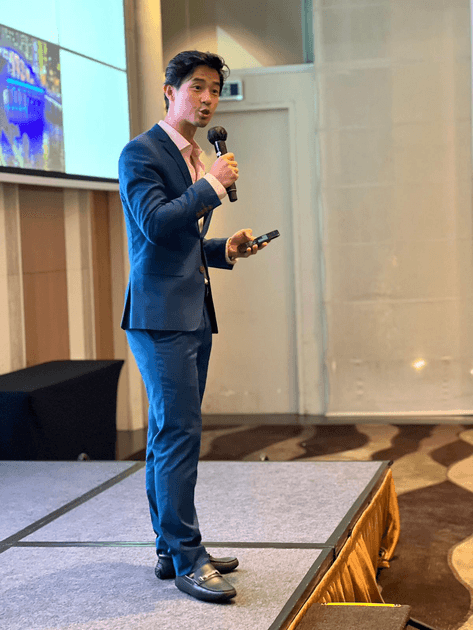
Corporate wellbeing - who's responsible?
When people are overwhelmed, asking them to “add one more thing” - is it realistic? Are ‘perks’ enough? And are they fully utilised by those who need them most?
Corporate Wellness Is Evolving
— But Most Programs Miss the Moment
Many wellbeing initiatives focus on access — health screenings, gym passes, yoga classes, or counselling. These wellness “perks” may be valuable but they miss the immediacy.
When deadlines pile up and emotions run high, people need tools they can use in the moment, not just after hours.
That’s where body-first approaches come in. They give employees instant ways to reset stress, restore focus, and stay productive — right where they are. Furthermore, too often the "wellness perks" that are meant to help, burden the very people who need help most: those already overwhelmed.
You don’t need another checkbox program. What you need are practical strategies that work in the moment, for people under real pressure. Many employees lack the agency to manage their mental health effectively. This stems from a shortage of education and practice of essential tools to increase capacity, agency and resilience.
To create a healthier workplace, organizations must empower their workforce with resources and training that enable them to navigate challenges in real-time. We need strategies that work in the moment — practical, body-first adjustments that reset the system, restore calm, and allow clarity to return.
These figures below show that the current model of corporate wellbeing has more potential yet to be explored. Besides rising medical costs, rising rates of chronic health diseases, missed days off work, physical pain and discomfort, overwhelm and mental distress, being present but unwell is often more costly than being absent.
S$15.7 Billion
productivity loss from depression and anxiety in Singapore per year — with 81.6% of that from presenteeism.
S$3.3 Billion
By 2030, absenteeism due to health issues is projected to cost Singapore S$3.3 billion.
39.4% Pain Days off
Musculoskeletal conditions are among the top cost drivers for employers. Over half of adults suffer from joint or spine issues that impair function and work performance. Studies report 39.4% sick leave is due to musculoskeletal disorders each year.
No Agency
A sudden flare of back pain, a tight neck, energy crashing or a deadline crisis doesn’t wait for the next yoga slot or counseling appointment. A blood test doesn't ease headaches. And chronic disease diagnosis needs a plan, not "No carbs, no salt, more meds".
Underutilised
The employees most stressed and overworked often lack the time, energy, or mental bandwidth to make full use of those perks.
Reality
When staff are uncomfortable, distracted, drained — performance falls, culture suffers, and costs (medical claims, insurance, turnover) begin to rise.
Imagine if corporate wellbeing programs were built around these body-first One Degree Adjustments instead of one-off gestures.
👉 Teams would have more energy.
👉 Leaders would make clearer decisions.
👉 Burnout wouldn’t be the cost of doing business.
👉 Presenteeism would be minimised.
👉 Engagement and morale would rise.
So the real question for HR & L&D leaders is: Are corporate wellbeing programs ticking boxes, or building impactful resilience?
Your Journey to Health and Resilience Starts Here
©2025 - Dr Gary Tho
*Dr is an honorary title for Australian Chiropractors. Not a medical or dental doctor.
